Northern alligator lizards and western blue-tailed skinks possess two unique abilities in the animal world–they can self-amputate their tail and grow it back.
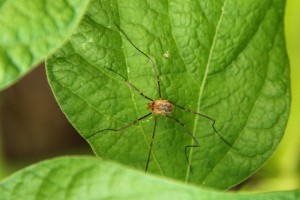
Harvestmen (daddy longlegs) with fewer than eight legs have voluntarily shed a leg in order to survive a situation.
The process of voluntarily shedding a limb or tail is called autotomy and the ability to grow it back is called regeneration. Animals capable of autotomy include certain amphibians, reptiles, fish and arthropods (invertebrates such as insects, spiders and crustaceans).
Not all animals with the ability to shed a limb can regenerate the limb. Harvestmen (daddy longlegs) are often found with fewer than eight legs because they shed legs grasped by a predator and cannot regrow them.
Grasshoppers will sacrifice a back leg if held by a predator. The process of autotomy is orderly. When a grasshopper needs to self-amputate, it contracts a special muscle at the base of the leg that releases the leg at a special fracture point. The wound is immediately closed by a small diaphragm to prevent massive blood loss and infection.
Autotomy is advantageous in aquatic animals like starfish because breakage at the special point minimizes potential water-borne clues (like massive blood loss) that signal the presence of a wounded animal.
There are two approaches to how animals utilize autotomy during predation. Some animals only shed a limb or tail if grasped by a predator. Other animals preemptively shed their tail as a distraction as the predator approaches.
Once separated, the limb or tail can sometimes still move or release toxic substances to continue distracting the predator as the animal escapes. Lizard tails and octopus arms move after separation while sea slugs still release substances from the separated body part. A western blue-tailed skink’s tail will twitch and thrash for a few minutes after separation.
Earthworms will self-amputate during ant attacks in order to escape. Ants benefit because it is easier to transport the shed piece.
While autotomy is most often associated with predation, animals utilize autotomy for other reasons. If an animal becomes stuck in a spider web, fresh sap, or a crevasse while foraging it might shed a leg or tail to escape. An animal may shed a limb that has come into contact with toxins or pesticides or that has been injected with spider venom.
Animals also utilize autotomy during molting mishaps. Crustaceans, insects and spiders molt as they grow. During molting, the smaller exoskeleton is shed to reveal a new, larger exoskeleton that is pliable until exposed. Occasionally appendages become stuck in the old exoskeleton (like a harvestmen’s long, jointed legs) and are shed in order to survive.
Losing a limb or tail has the immediate advantage of surviving. However, the long-term consequences include problems with locomotion, foraging, reproduction and predation.
A praying mantis will only sacrifice a mid- or hind-leg in order to escape because sacrificing a front leg would mean it wouldn’t be able capture prey and would starve.
Animals missing a body part are more apt to be targeted by predators especially if they are missing defensive limbs. When foraging, turtles and birds seek out autotomized crabs.
The loss of a limb or tail impacts reproductive behaviors, attractiveness and social interactions. A male without a tail is at a disadvantage if his tail is used for signaling during courtship. If a female normally stores fat in her tail and the tail is lost, she has fewer nutrients and reserves for reproduction, often resulting in fewer offspring.
The ability to self-amputate provides the immediate advantage of survival but causes hardship on the animal afterwards. Certain animals alleviate these disadvantages by regenerating the lost body part which I’ll discuss in next week’s column.

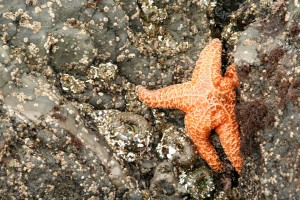
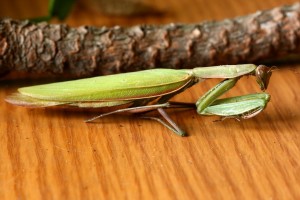
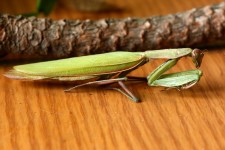
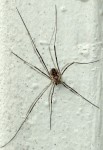
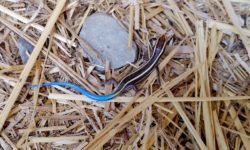
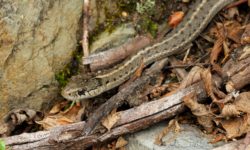
It’s so very interesting! Do grasshoppers regrow lost legs? I found a grasshopper with one leg and I heard somewhere that they regenerate. So I keep it in a big plastic box with earth, leaves a small bowl of water, cereals and fruit. Should I release it or does it make sense to wait until it grows back its leg?
Hi Elisa,
Interesting! In Keith MacDonald’s ebook “Investigating Insects”, he says grasshoppers will usually not grow back a leg but sometimes young adults will grow back a missing leg. If your grasshopper is young, I’m not sure how long it would take to regrow a leg.
Laura